Optimal Timing for Foundation Repairs
Understanding the optimal timing for foundation repairs is essential for ensuring long-term stability and minimizing disruption. The right time depends on factors such as weather conditions, soil moisture levels, and the severity of foundation issues. Performing repairs during periods of moderate weather can lead to better outcomes and more efficient work.
Spring and fall are often preferred for foundation repairs due to moderate temperatures and stable soil conditions. Extreme cold or heat can complicate repair processes and affect materials.
Timing repairs when soil moisture levels are stable helps prevent further shifting or settling. Avoiding periods of heavy rain or drought minimizes complications.
Immediate repairs are recommended if signs of significant foundation movement or damage are present, regardless of season.
Dry, mild weather provides optimal conditions for foundation work, reducing risks of delays or complications.
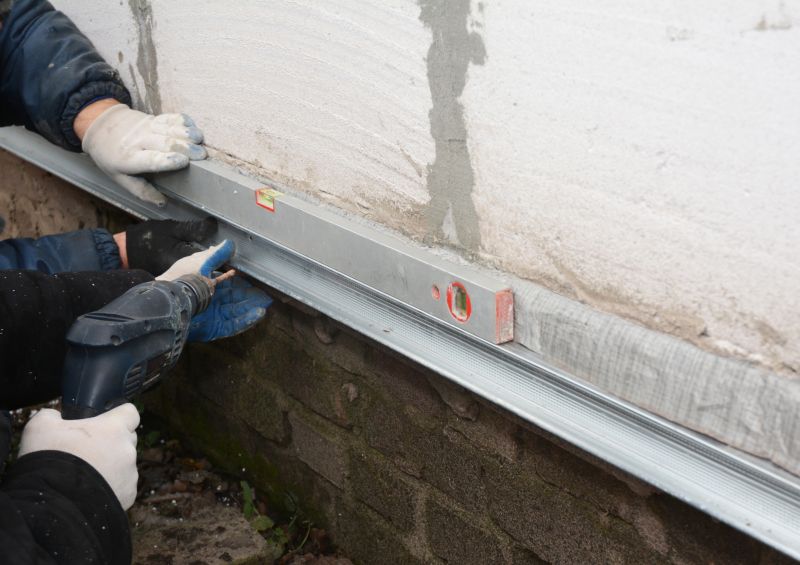
A technician inspecting a home's foundation with tools and equipment.
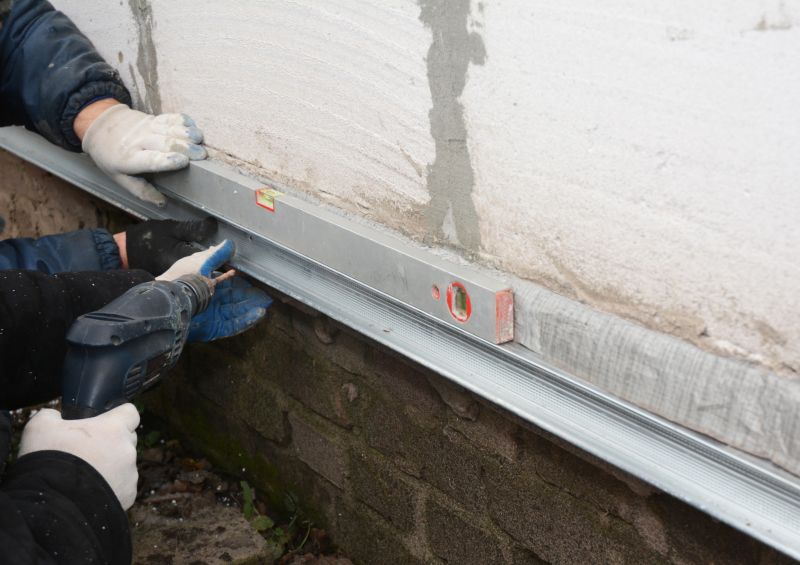
Close-up of soil being treated to prevent shifting.
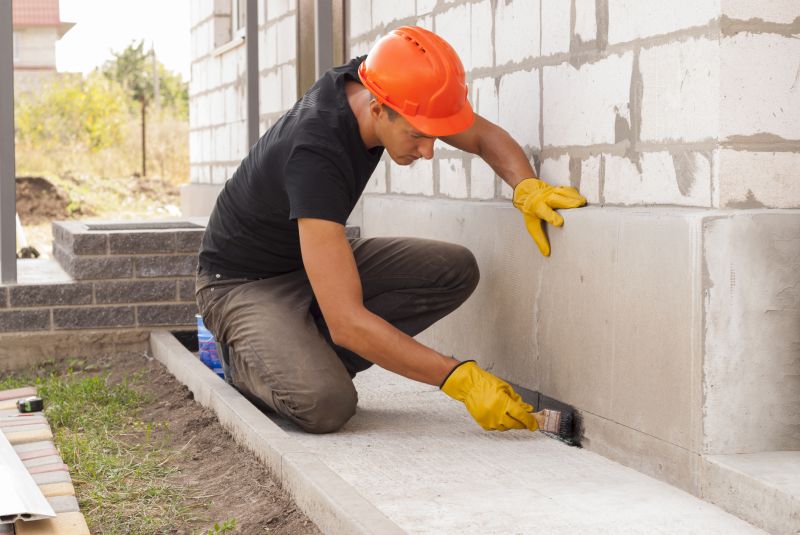
A worker sealing a crack in a concrete foundation.
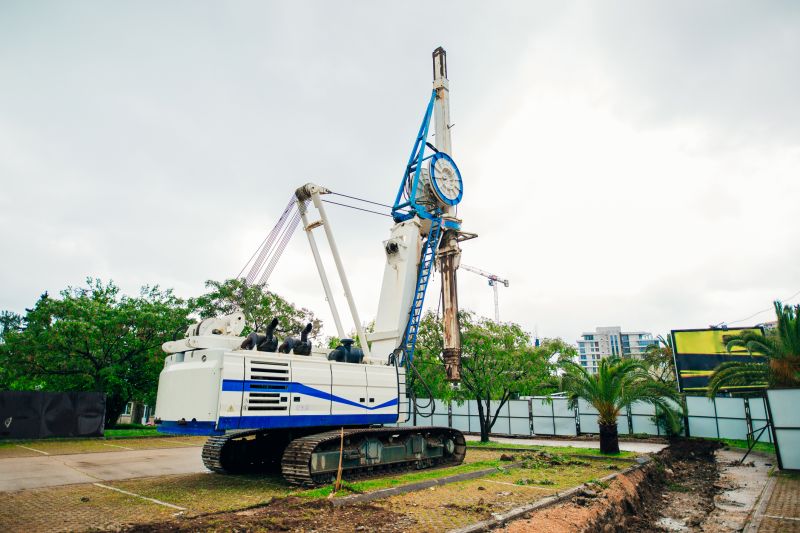
Heavy machinery installing piers beneath a foundation.
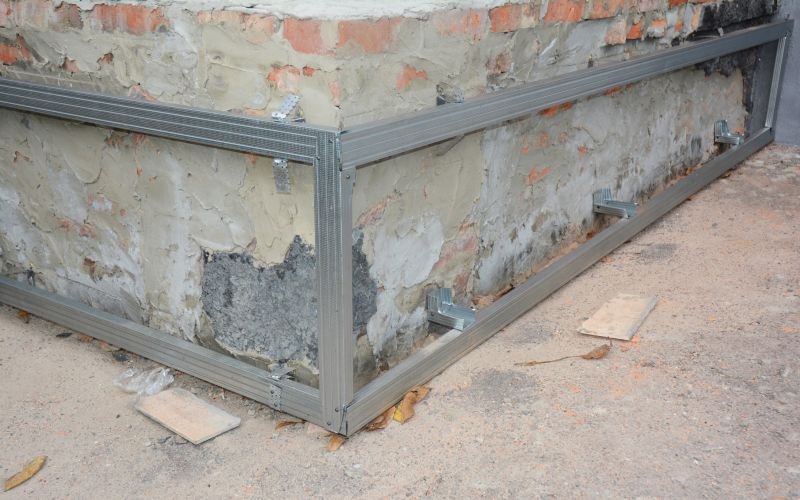
Reinforcing steel bars placed inside a foundation wall.
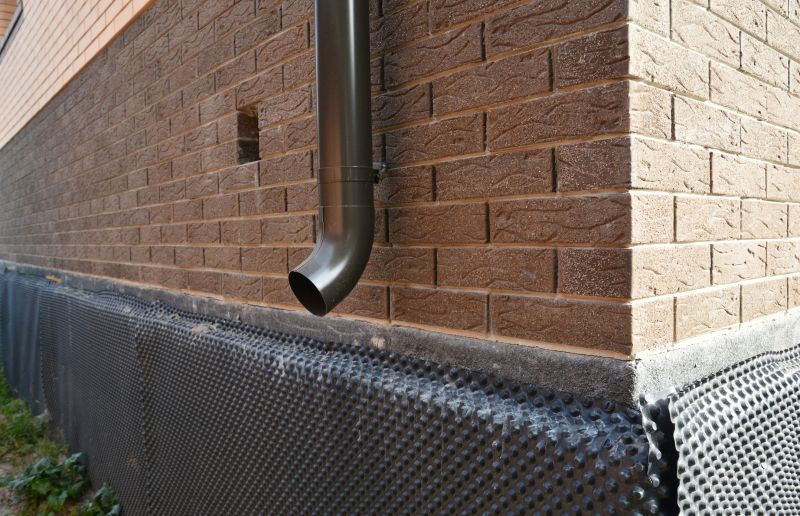
Drainage system installed around a foundation.
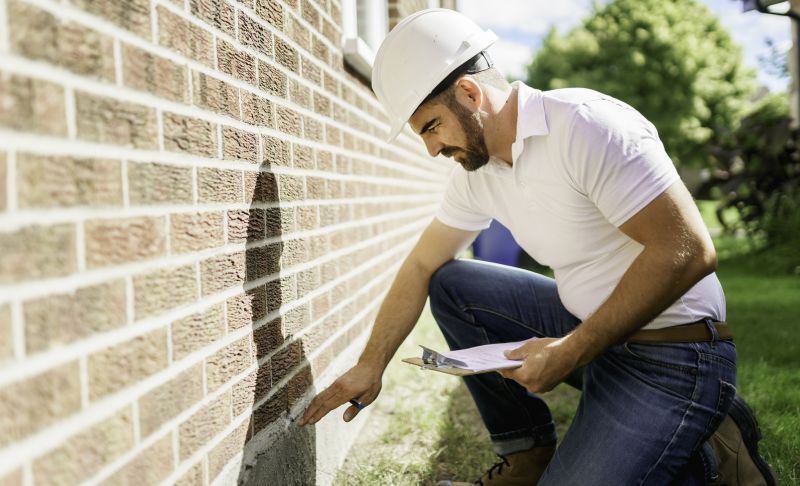
Inspector evaluating foundation conditions.

Finished foundation with repaired walls and supports.
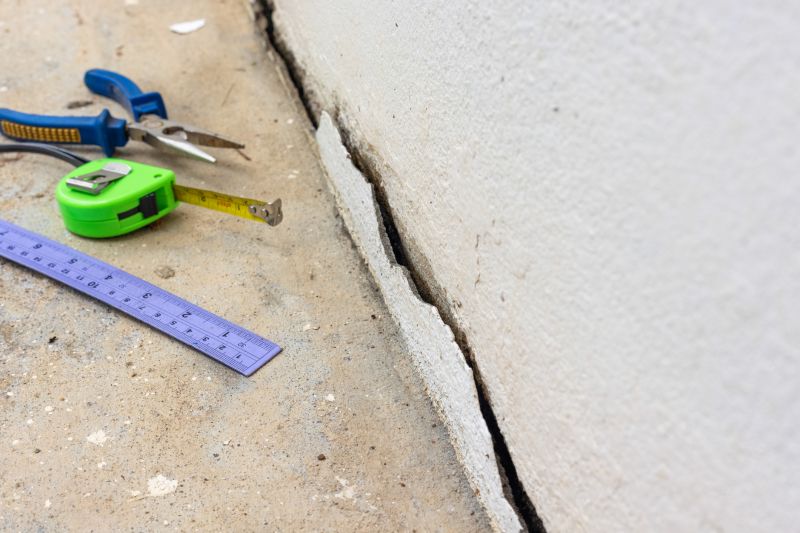
Monitoring equipment attached to a foundation for movement.
| Factor | Optimal Timing |
|---|---|
| Temperature | Moderate temperatures in spring and fall are ideal. |
| Soil Moisture | When soil moisture levels are stable, avoiding extremes. |
| Weather Conditions | Dry, mild weather supports effective repairs. |
| Urgency of Issue | Immediate repairs should be performed regardless of season. |
| Soil Type | Clay soils may require specific timing to prevent further shifting. |
| Severity of Damage | Severe damage may necessitate urgent repairs at any time. |
| Construction Schedule | Aligning repairs with other construction activities can reduce costs. |
| Contractor Availability | Scheduling during off-peak times can ensure better service. |
Foundation repairs are critical for maintaining the structural integrity of a building. They involve addressing issues such as cracking, settling, and shifting caused by soil movement, moisture changes, or other factors. Proper timing of repairs can enhance the effectiveness of the work, reduce costs, and extend the lifespan of the foundation. Regular inspections can help identify problems early, allowing for timely intervention before issues worsen.
Statistics indicate that foundation problems affect a significant portion of homes in areas with expansive soils or high moisture variability. Addressing foundation issues promptly can prevent costly repairs and structural damage. Materials used in foundation repair, such as piers, underpinning, and crack injections, perform best under stable weather conditions, emphasizing the importance of choosing the right time for intervention.
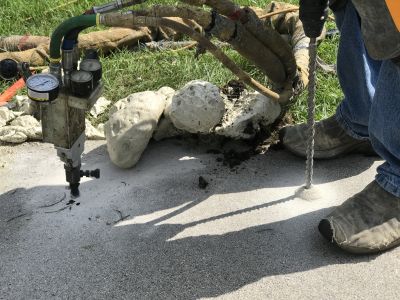
Specialized machinery used for underpinning and stabilization.
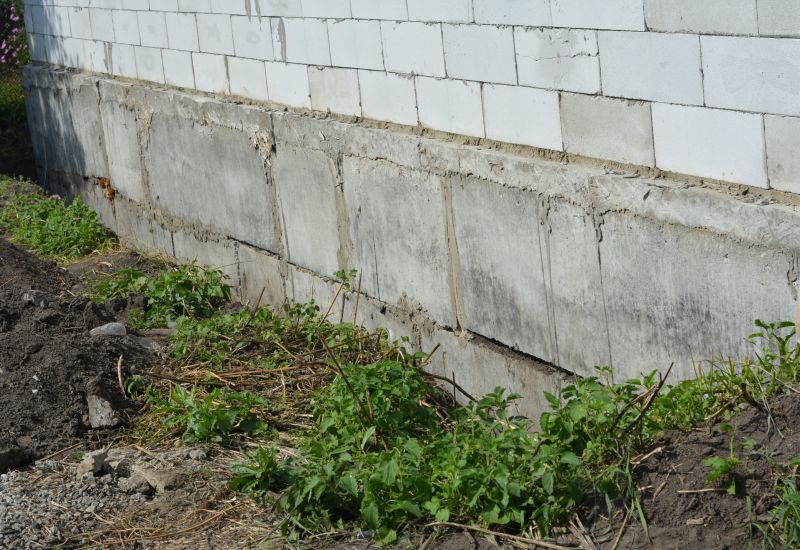
Methods to improve soil consistency before repairs.
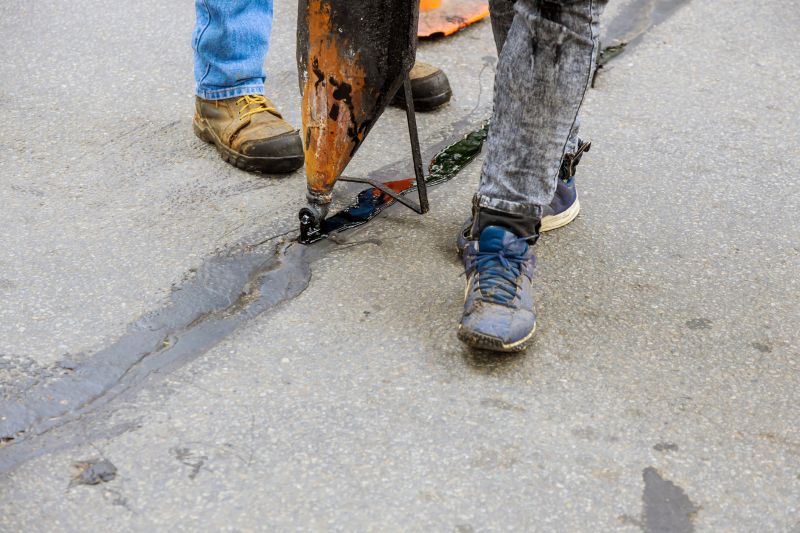
Application of sealing materials to prevent water intrusion.
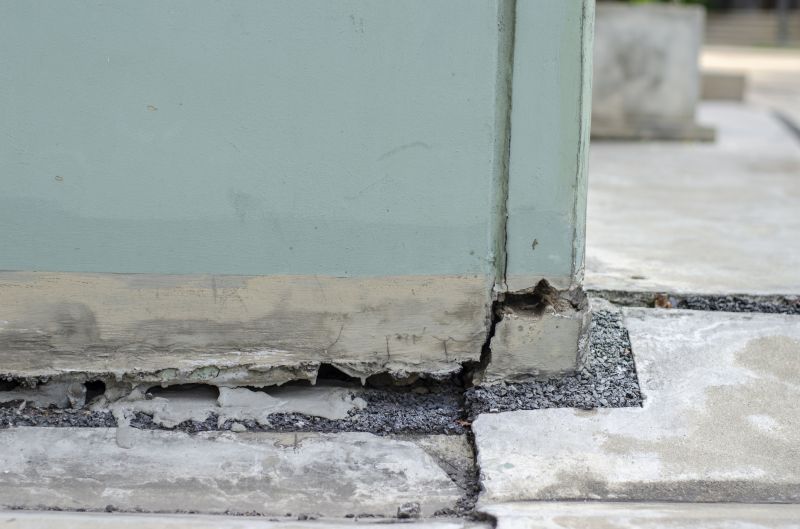
Assessment of foundation stability after repairs.
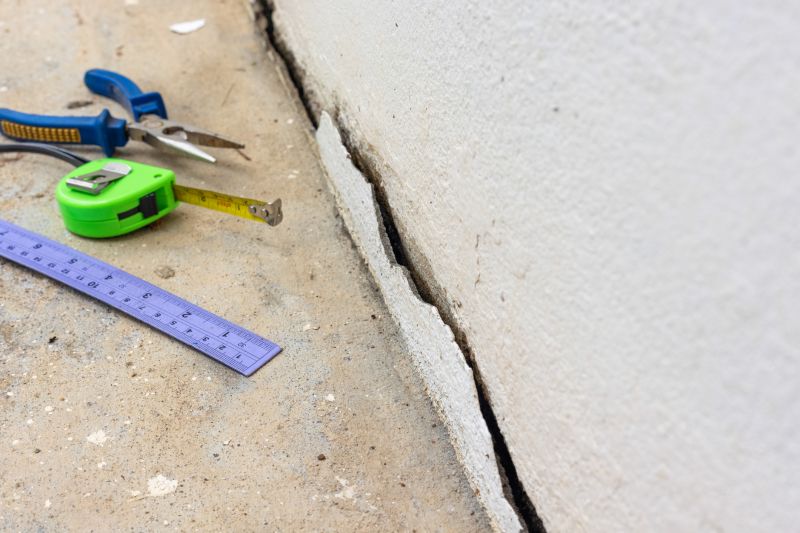
Ways to make Foundation Repairs work in tight or awkward layouts.
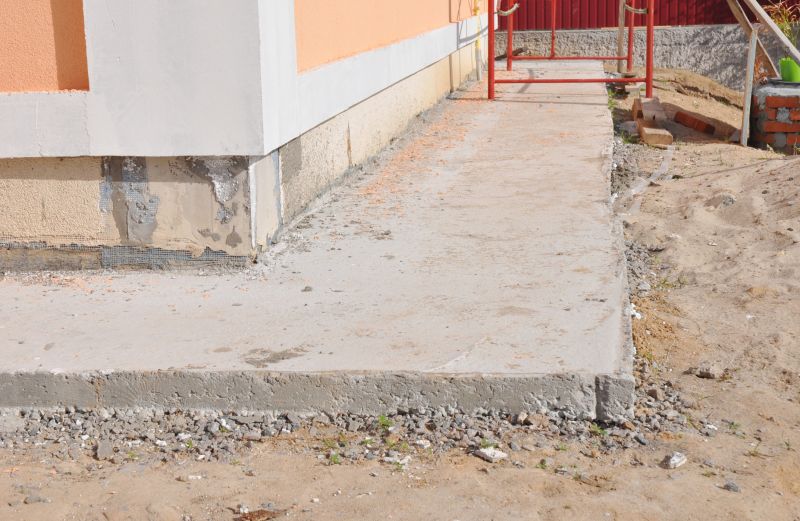
Popular materials for Foundation Repairs and why they hold up over time.
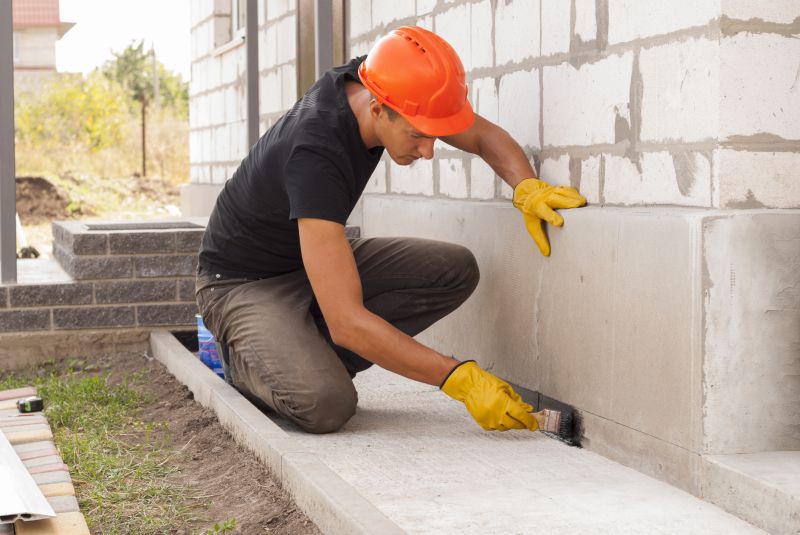
Simple add-ons that improve Foundation Repairs without blowing the budget.
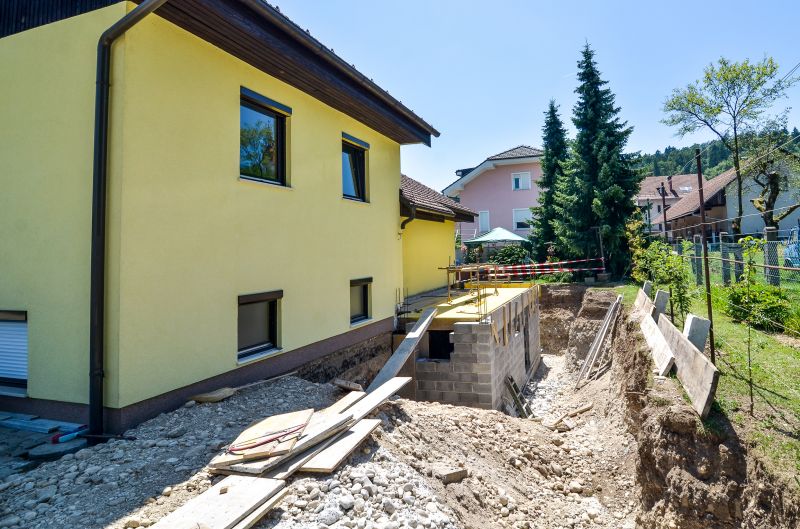
High-end options that actually feel worth it for Foundation Repairs.
Interested property owners in Lake Saint Louis, MO, are encouraged to contact professionals for a comprehensive assessment. Proper timing and appropriate repair techniques can significantly impact the durability and effectiveness of foundation restoration efforts.

